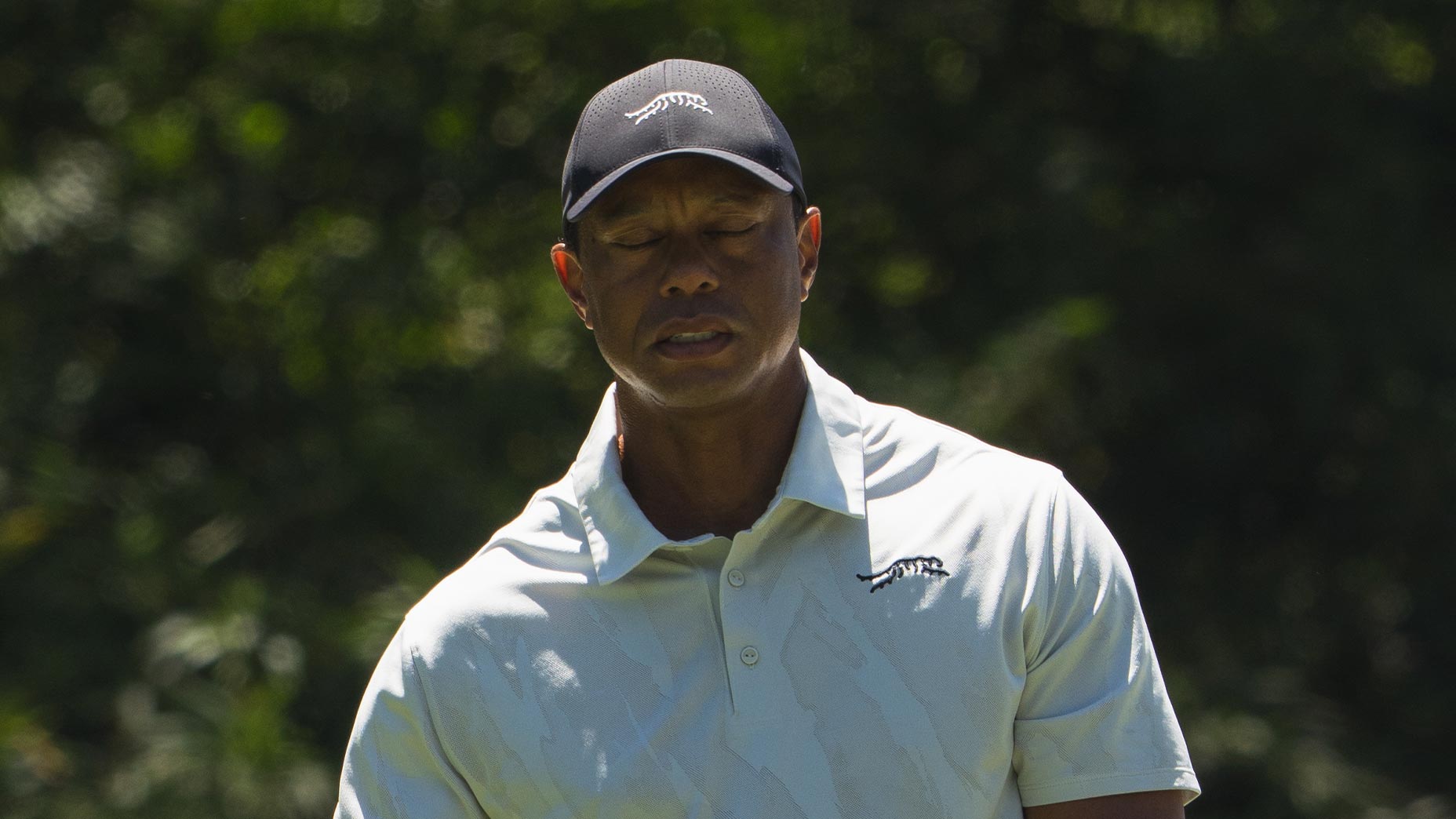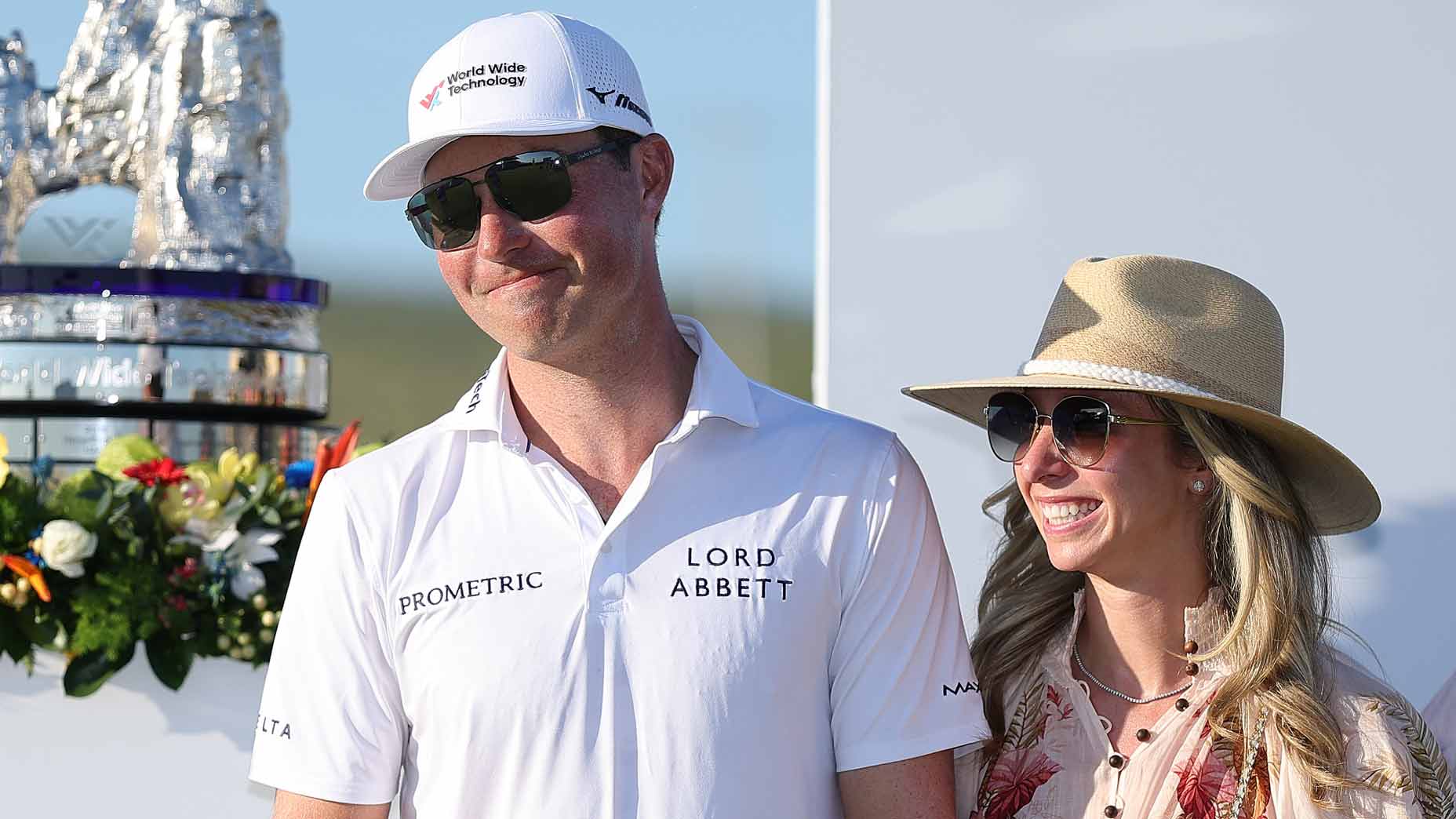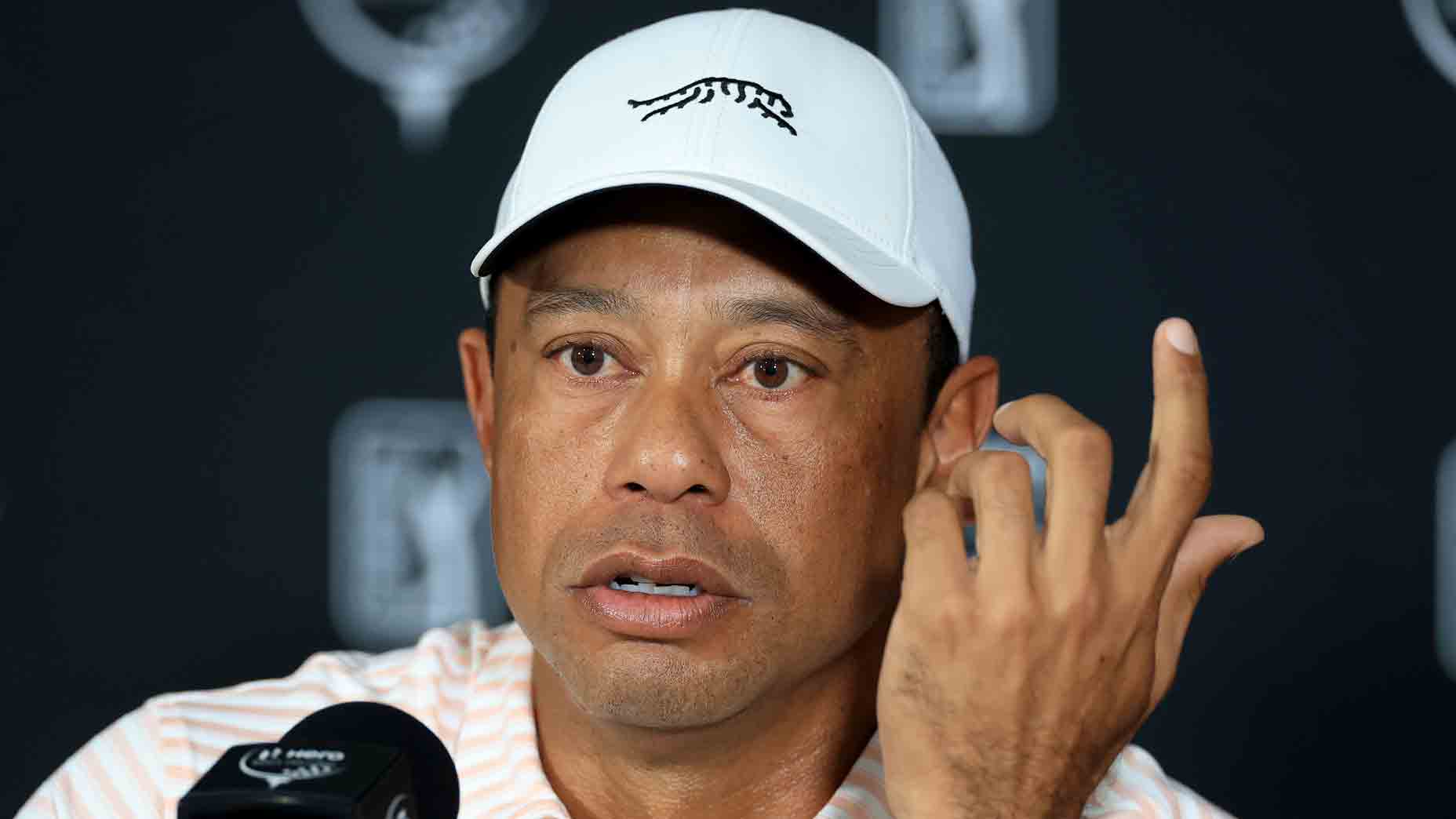AUGUSTA, Ga. — The worst day of Tiger Woods’ Masters life started with a struggle.
A struggle to see.
Within minutes of Woods’ arrival on the practice range at Augusta National, a crowd of at least 200 packed into the bleachers surrounding his bag, spilling over into a standing-room-only crowd that fanned out nearly 25 yards due north. Almost everyone in attendance had arrived hoping to answer their own version of the same question: Could Tiger Woods launch another Masters comeback?
His first few swings seemed to give us a clue.
Woods was striping it, despite the hardware and the pain and the draining, 23-hole, 10-hour Friday. One by one, he lined up towering iron shots and delicate wedges with authoritarian control. He was hitting it very far, hitting it both ways, hitting it high and low. He looked locked in but loose, ready to challenge Augusta National in conditions slightly more favorable than the gale-force winds of the early week.
After a little while, he removed his headcover from his driver and turned back toward his divot marks. The crowd broke out in a bizarre, almost giddy cheer. They were ready, too.
“I think today’s gonna be a good day,” one fan said after a particularly roasted 3-wood. “I think today’s gonna be a really good day.”
As perhaps you know already, Masters Saturday was not a good day for Tiger Woods. It was, in fact, the worst day of his Masters life.
Woods shot a 10-over 82 on Saturday, the worst score he’s ever recorded in a single round at a major. He looked all the things his warmup seemed to suggest he was not: rusty and gimpy, uncertain and inconsistent, fatigued and battered. His swing battled, his brain battled, and his score suffered.
The fallout started in earnest on the 7th hole, when Woods blew a drive high and right, knocked a wedge shot into the bunker and then missed a putt for a double-bogey six. It continued on the par-5 8th, when he overcooked a drive into the trees left, blew his approach well right, chunked a chip and then missed a four-footer for another double-bogey. In the span of nine holes, he’d dropped from one over and seven shots off the lead to six over and totally out of it.
The bogeys on holes 14-17 were ugly too, but they were mostly irrelevant. By that point Tiger’s Masters was over. He knew it. His caddie Lance Bennett knew it. We knew it.
He marched up the 18th fairway with the hurried discomfort of a commuter in heels, his eyes eager to escape a moment of very human embarrassment. Masters Saturday wasn’t agreeing with him, as even the crowd seemed to agree. The same fans who stuffed 10-deep into the bleachers on the practice range were suddenly eager to look away in the 18th gallery, mustering what might have been his most tepid ovation of the week as he finally reached the green. They seemed scared that cheering too loud might make him snap.
But then it was over, and Tiger was not broken. And then something even stranger happened: He moved on.
Not happily, mind you. He approached the media with the general pleasantness of a root canal without Novacaine. Asked about his biggest challenge on Saturday, he laughed.
“The fact that I was not hitting it very good or putting well,” he said. “Just hit the ball in all the places that I know I shouldn’t hit it. And I missed a lot of putts. Easy, makable putts. I missed a lot of them.”
Asked how much Friday wore out his health, he grunted.
“Oh yeah, it did.”
But the things that used to join failures like this one — the fury, the overwhelming pain, the prevailing and unanswerable sense that things couldn’t continue in their current form — those things were gone. Woods was, of course, furious with his performance and in pain and unwilling to spend the rest of his life shooting 82 at the Masters. But he also seemed fairly resigned to a different truth: He’d hung with the best players in the world for 36 holes, even in brutal conditions and on the wrong side of the draw. He had fallen out of contention, but it wasn’t like his body had rendered him unable to contend.
That seemed to give him a quiet kind of levity as he left Augusta National on Saturday afternoon. Things were not good, but they could have been much worse. This course has shown him how that looks.
The sun shone in brilliant streaks onto the Augusta National clubhouse as Woods finally emerged again. He carried a quiet conversation with his agent, Mark Steinberg, and a slight limp. With a security detail of four following close behind, he made it to his car and flashed a quick smile. There were no more fans now.
Only the sense that the struggle was over — and certain to continue.










